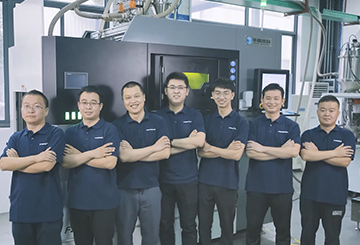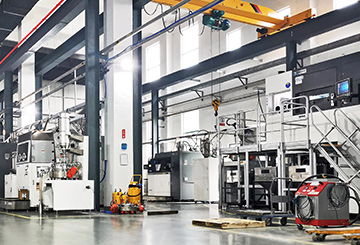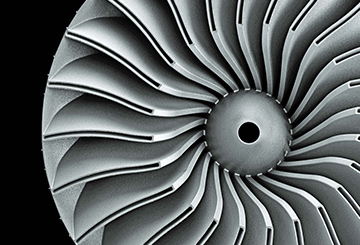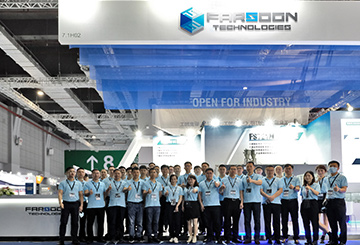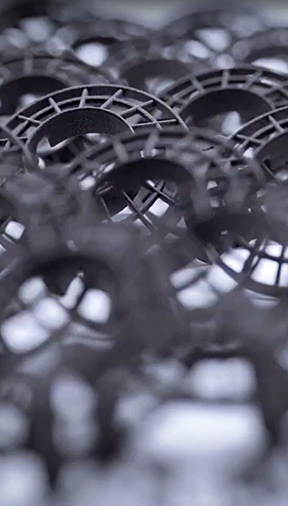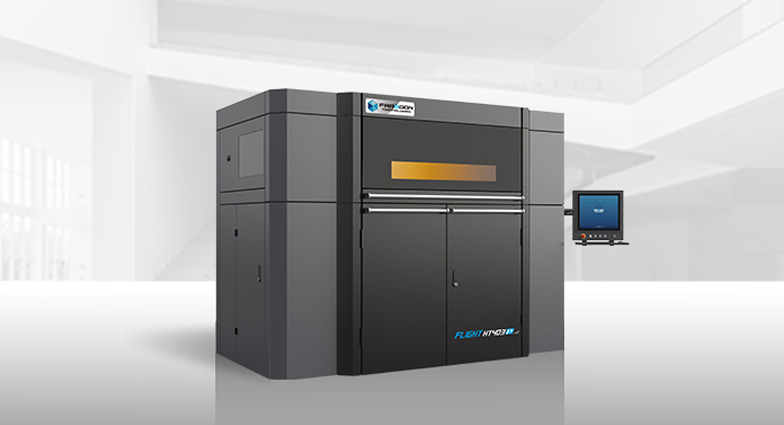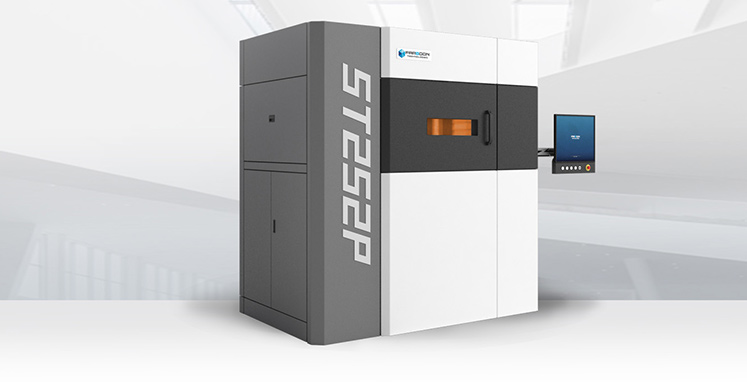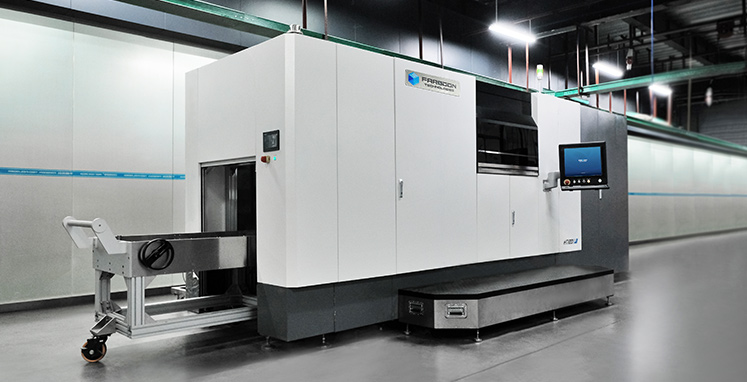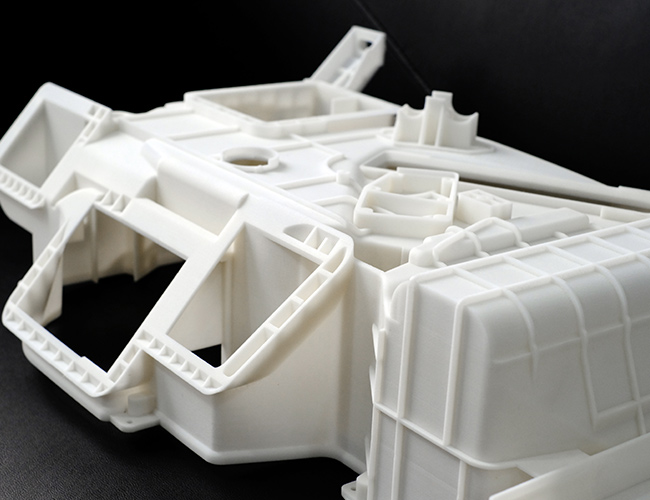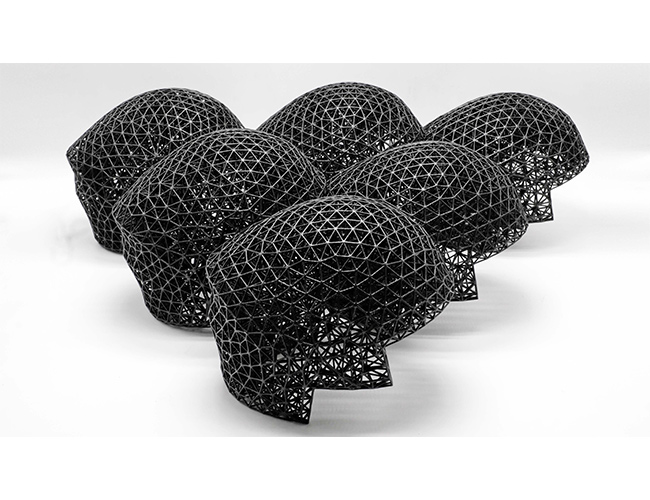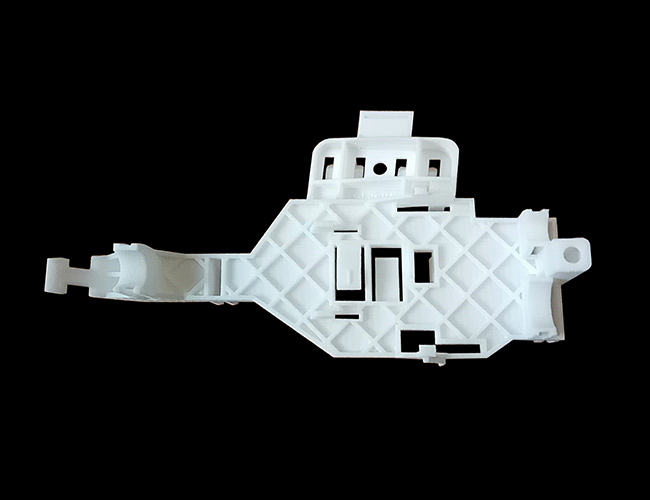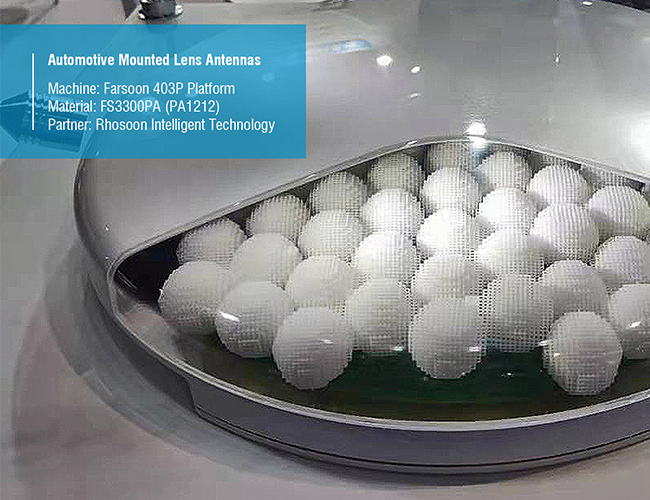Derived from a novel technology developed at the University of Texas Austin Incubation Center during the mid-1980s’, Plastic Laser Powderbed Fusion is now a popular choice for direct end-use part fabrication and rapid prototyping amongst many manufacturers and engineers. Based on a digitalized 3D model, this professional-grade additive manufacturing (AM) technology uses a high-power industrial laser to sinter plastic powder particles into a solid structure with a layer-by-layer process:
1.A layer of plastic powder material is evenly spread onto a powder bed using a roller or blade.
2.The laser melts the powder exactly within the pre-defined area of 3D model sections to create the first layer of the build.
3.A new layer of powder material is evenly distributed over the sintered surface.
4.The lasers melt each successive layered materials to the sintered layers underneath until the imported 3D component is completed.

